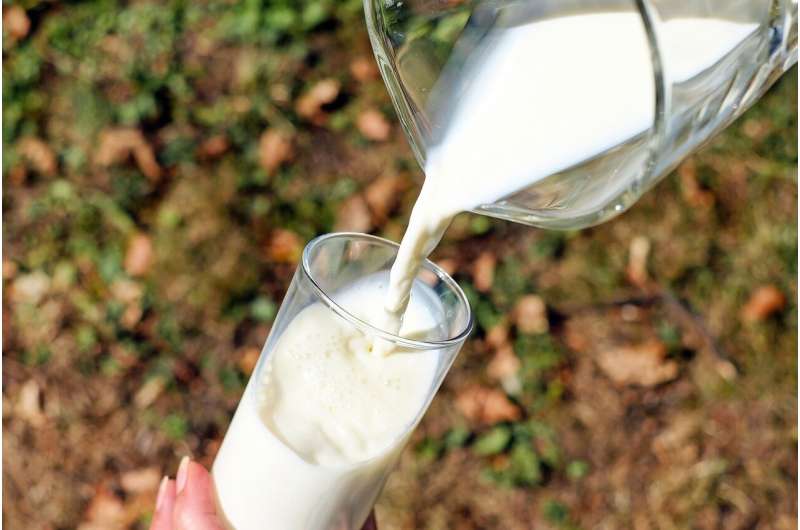Potential Surge in Health Insurance Costs for Texans in 2026 Due to Federal Subsidy Expiration and Premium Hikes

Texas residents relying on marketplace health insurance could face significant premium hikes in 2026 due to the expiration of federal subsidies and insurer rate increases, risking higher uninsured rates and worsened health outcomes.
For many residents of Texas relying on the marketplace for their health insurance, the upcoming year could bring significantly higher costs. Experts warn that in 2026, enrollees will face a double challenge: the end of federal subsidies designed to offset premium costs and insurer projections of substantial premium increases.
Currently, Texas has the highest uninsured rate in the United States, and the anticipated rise in marketplace premiums might push more individuals to forgo coverage altogether. According to policy analyst Matt McGough, most consumers will confront both higher bills and the loss of subsidies that have historically helped reduce their costs.
Marketplace plans, under the Affordable Care Act, serve as a primary healthcare coverage option for nearly 4 million Texans. These plans are heavily supported by federal subsidies, which, until now, have kept premiums manageable.
A significant concern is the expiration of enhanced federal subsidies that were introduced in 2021, providing additional financial aid to low and middle-income enrollees. Last year, Texans received over $1.5 billion through these subsidies. However, these subsidies are set to expire at the end of 2025, and there has been no legislative renewal. Without these subsidies, premium payments are expected to more than double on average. For example, the average annual premium for Texans in 2024 was approximately $400. Post-expiration, this could rise to around $850 annually.
Healthcare leader Tom Banning emphasizes that federal support has shielded Texans from rising insurance costs, but with the credits ending, many will face severe financial strain.
In addition to subsidy expiration, insurers are seeking their largest premium increases since 2018. A recent analysis indicates a median increase of about 15% in 2026 premiums, with some Texas insurers proposing increases as high as 21%. These hikes are driven by rising healthcare costs, including new expenditures on medications like GLP-1s, tariffs, and the uncertainty surrounding federal policy changes.
Insurers warn that if healthier enrollees drop coverage due to higher costs, it could trigger a "death spiral," where increasing premiums lead to further dropouts, destabilizing the marketplace. Particularly vulnerable are low-income Texans who may delay or forgo necessary medical care if they lose coverage, increasing the risk of worsened health outcomes.
Overall, the combined effects of the subsidy expiration and rising premiums could profoundly impact Texas residents, increasing the number of uninsured and exacerbating health disparities in the state.
Stay Updated with Mia's Feed
Get the latest health & wellness insights delivered straight to your inbox.
Related Articles
Study Reveals Strong Connection Between Street Sweeps, Overdose, and Systemic Harm
A recent study uncovers the harmful impact of street sweeps on homeless individuals, linking belongings confiscation to increased overdose risks, violence, and barriers to essential services in Vancouver.
Emerging Advances in Skin Allergy Testing Technology
Innovative AI-powered tools are revolutionizing skin allergy testing by enabling at-home patch application and smartphone image analysis, making diagnosis faster and more accessible.
Revolutionizing Our Understanding and Treatment of Misophonia
New research at Carnegie Mellon University explores innovative approaches to understanding and treating misophonia, highlighting visual reframing techniques and the need for formal diagnostic recognition.



